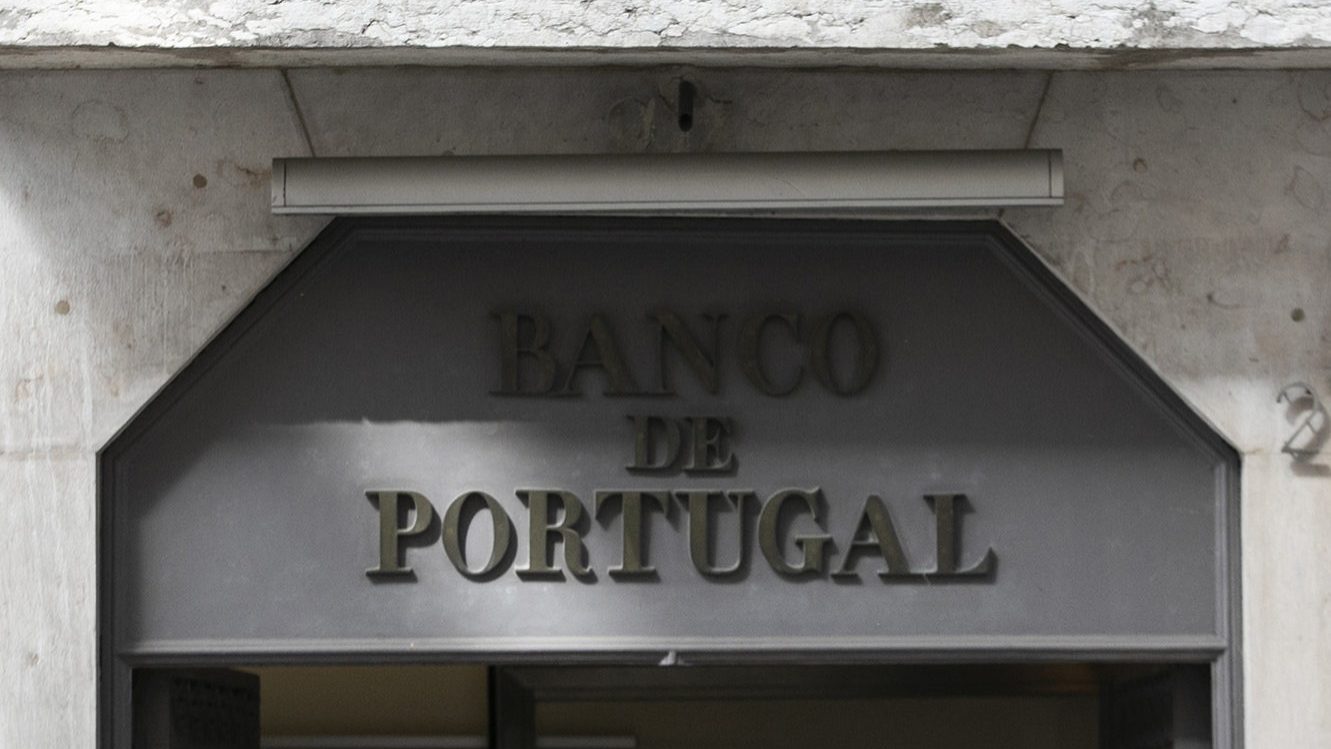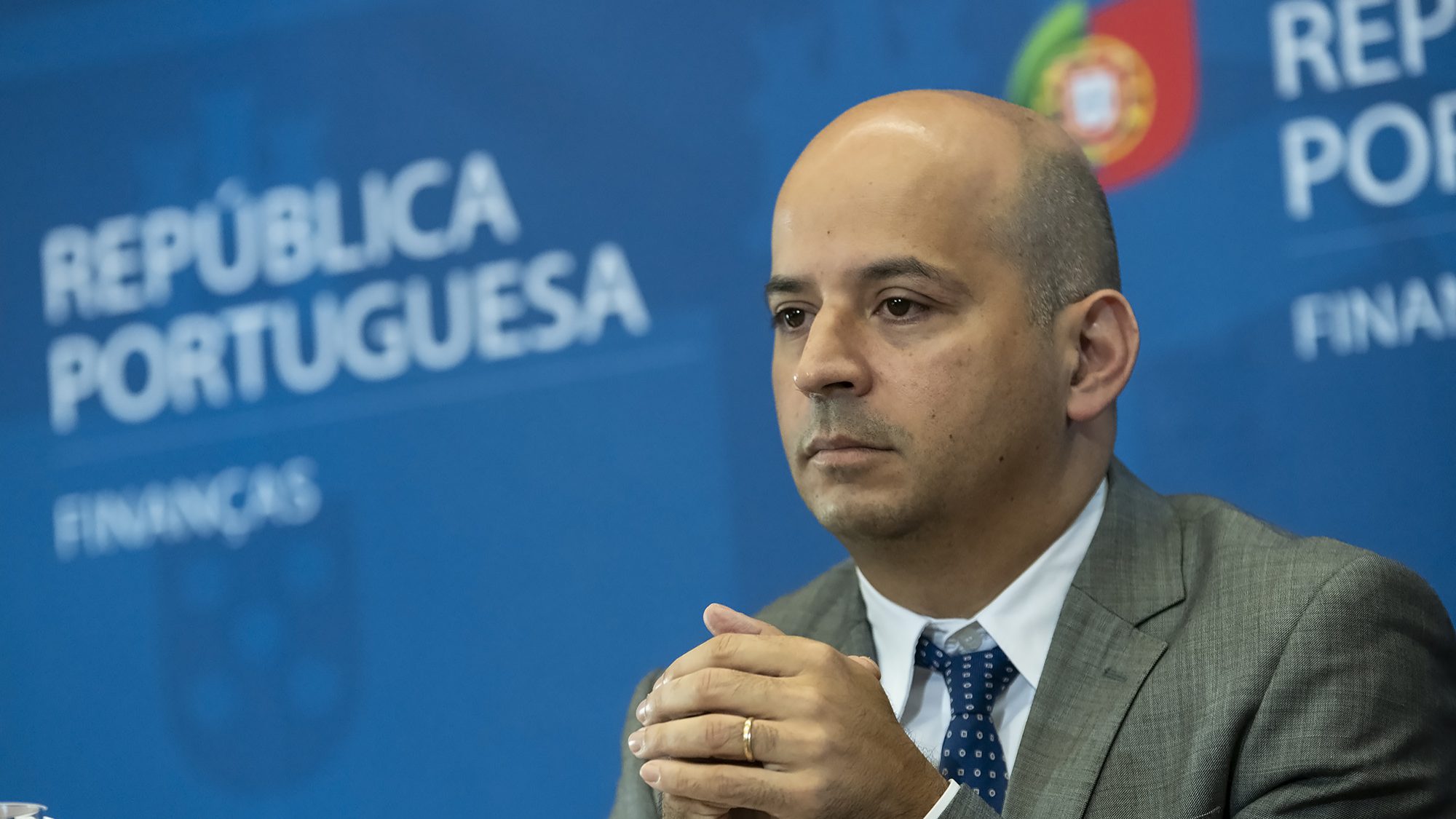Central bank maintains 3.9% economic growth in 2021
In the March economic bulletin, the central bank maintains its GDP growth forecast of 3.9% in 2021 but revises upwards the recovery in 2022 from 4.5% to 5.2%.
Despite the pandemic’s third wave and second lockdown in Portugal, the Bank of Portugal (BoP) continues to estimate a 3.9% jump in GDP this year, after the 7.6% drop in 2020 caused by the coronavirus pandemic. However, it has revised 2022 growth upwards from 4.5% to 5.2%, thus speeding up the recovery next year.
“Over the period 2021-23 economic growth is projected at 3.9%, 5.2% and 2.4%,” the central bank reveals in the economic bulletin, which compares with 3.9%, 4.5% and 2.4% estimated in December. These forecasts assume that the “restrictions will be gradually lifted from the second quarter of 2021” and that the vaccination “will be completed by the beginning of 2022, in parallel in Portugal and in the euro area.”
The central bank led by Mário Centeno details that “the recovery is differentiated between sectors and expenditure components,” with the main contribution coming from exports and private consumption, which were the components that reduced the most in 2020. “Investment grows by 5% on average, benefiting from the inflow of European funds, in particular under the new Next Generation EU instrument,” the BoP adds. Among sectors, the recovery will be “slower in services more dependent on personal contacts.”
Despite maintaining its 2021 forecast, the central bank warns that “uncertainty remains high, despite progress in controlling the pandemic. That is why the Bank of Portugal once again presents an adverse scenario in which it sees GDP growing by just 1.6 percent in 2021, followed by a 3.2 percent growth in 2022 and 2023. Should this be the trajectory, Portugal will not recover from the pandemic crisis by the end of 2023. In the main scenario, this recovery is completed in 2022.
“In the adverse scenario, a more gradual spread of the vaccine is assumed and new variants remain a threat, which could translate into new periods of lockdown and restrictions on movement across borders throughout 2021,” the central bank detailed, pointing out the “negative impact on the economic agents’ confidence” and the “more restrained evolution of private consumption,” mainly in services of greater personal contact. In this scenario, the savings rate remains high and private consumption grows less.
But there is also a favourable scenario. In this case, GDP grows by 4.7% in 2021, 5.4% in 2022, and 2.3% in 2023. “IIn the favourable scenario, better control of infections and faster lifting of containment measures translate into reduced uncertainty and increased confidence among economic agents,” explains the Bank of Portugal, noting the savings rate would fall more quickly and private consumption would grow more. This scenario assumes that “households spend part of the savings accumulated in 2020, largely forced, which allows for a faster replacement of spending postponed during the pandemic.


